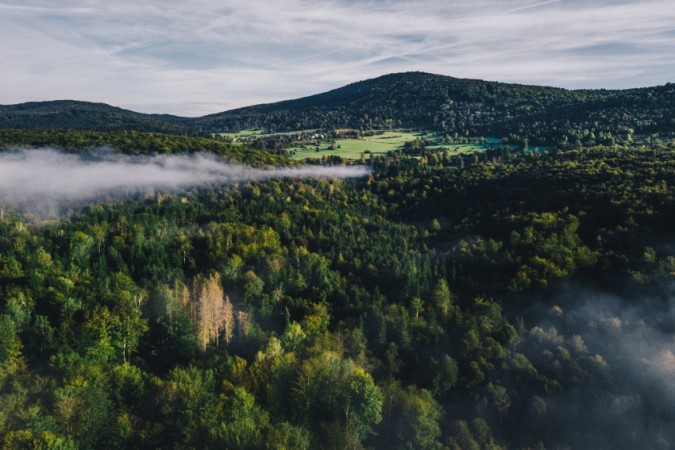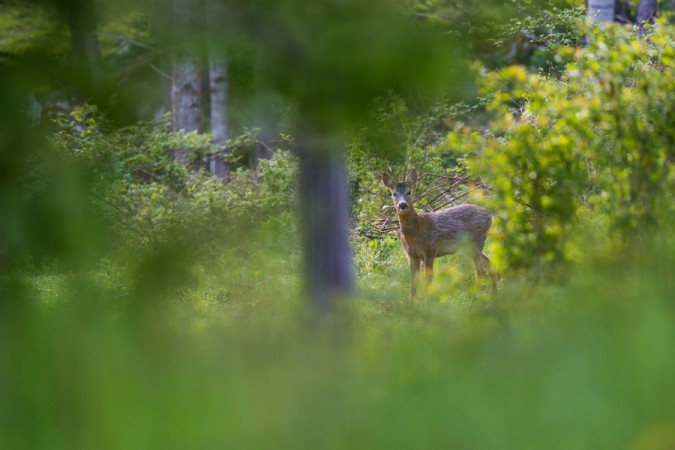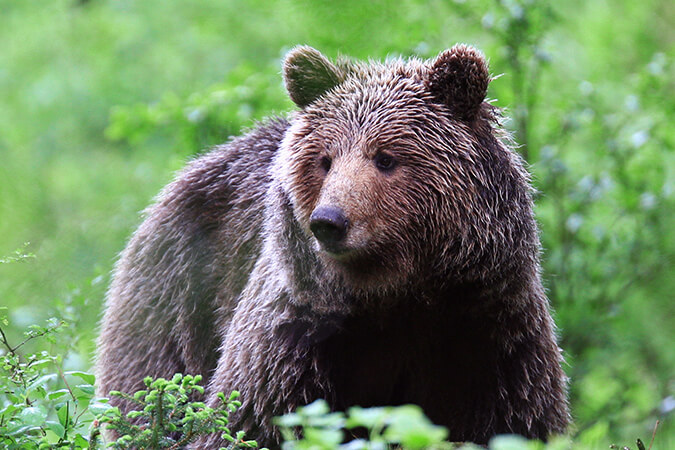Bear's winter sleep
The brown bear is the largest European representative of the carnivora order and is known as the most characteristic animal representative of Kočevsko, that is dormant in winter and often sleeps through the colder months.
Although bears might appear slow and clumsy, they can run fast and swim well, while younger bears are also good at climbing. Their activities often depend on the amount of food near their living environment, and the presence of people in their vicinity.
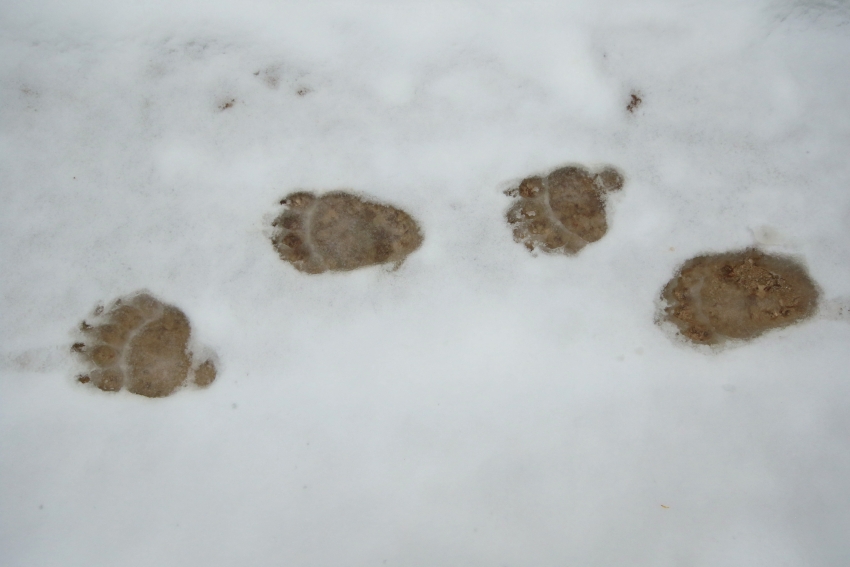
Bear's paw prints in the snow.
Bears are dormant in winter and often sleep through the colder months. But their winter napping is not considered hibernation, as they are light-sleepers and are known to also leave their dens during winter. They tend to stay in their den when there is little or no food in the area or its quantity is very limited.
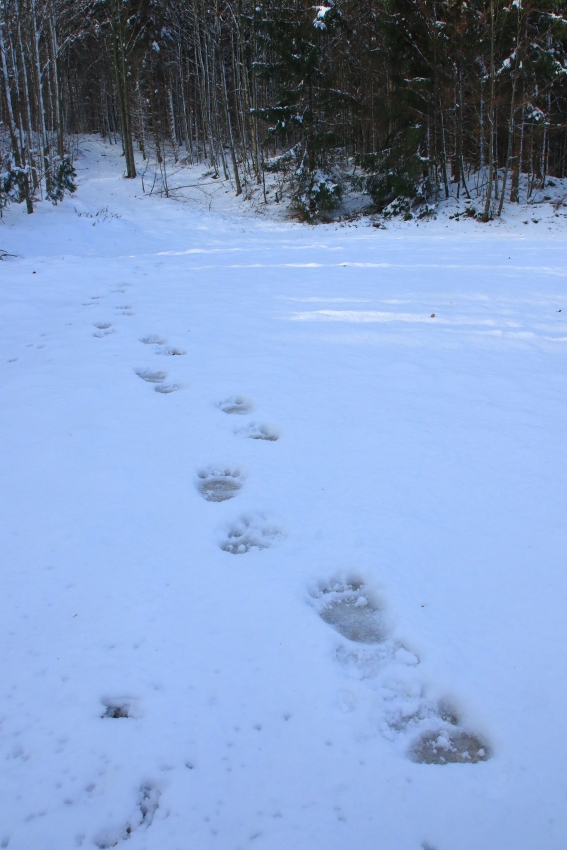
On a winter wander through the forest, we can see traces of bears and other animals.
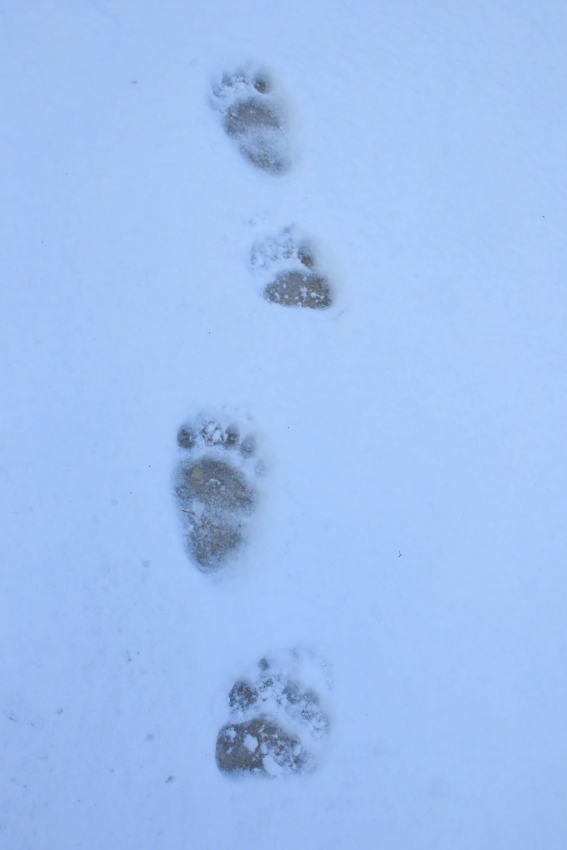
On a winter wander through the forest, we can see traces of bears and other animals.
The bear's body temperature decreases by only a few degrees during winter, but its heart rate, respiration, and metabolism slow down more noticeably. The bear prepares for hibernation by bringing leaves and twigs to their den and by consuming larger amounts of food. During winter bears often go without drinking or eating, and often also don't excrete. They live off of a layer of fat built up prior to hibernation.
Pregnant females tend to den earlier and longer than other bears. During the winter nap, the female bear also gives birth to 1-4 small cubs in the den (weighing only about 700 g, since the bear is not feeding at this time).
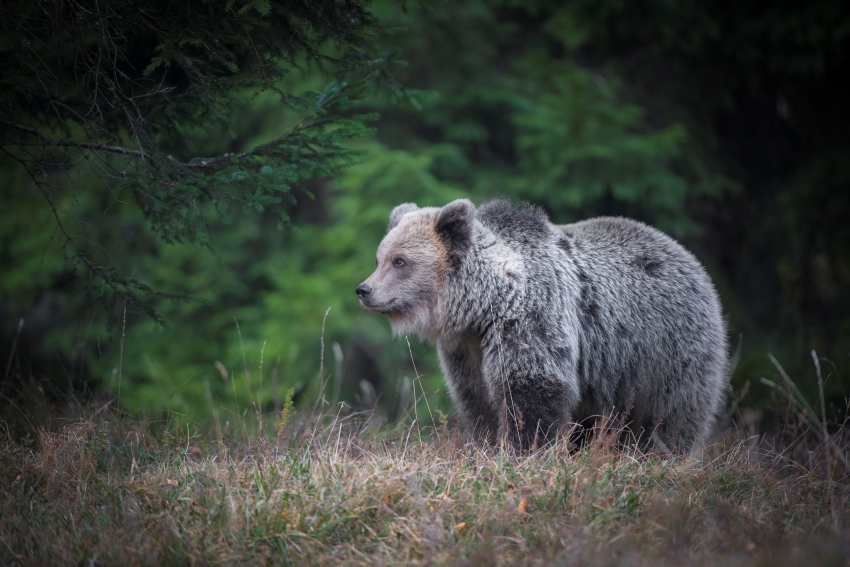
Before winter and hibernation, the bear eats larger amounts of food to store energy and fat.
The length of a bear’s winter sleep depends primarily on the climate and often lasts from late fall to early spring when temperatures warm up and food becomes more available. In the last few years, due to milder winters, the bears often do not hibernate but remain wandering through the woods looking for food.
Photos: Marjan Artnak and Miran Krapež
